Introduction to Outline-Pattern Style of Sketching
Filling the Frame with Texture and Intention
A Creative Approach to Depth, Detail, and Design
Sketching is a foundational part of any artist’s workflow—an open space for exploration, iteration, and visual storytelling. Among the many techniques available, one of the most intriguing is the Outline-Pattern Style of Sketching, where object outlines are filled with repetitive patterns, textural motifs, or abstract designs. This method transforms simple contours into expressive compositions, enhancing the visual appeal of your drawings while adding depth, dimension, and artistic flair.
Whether you’re working with ink, pencil, or mixed media, this style invites you to think beyond the silhouette. It’s not just about what the object is—it’s about how it feels, how it moves, and how it communicates. By experimenting with different fill techniques—lines, dots, grids, organic shapes—you’ll discover new ways to elevate your sketching practice. Whether you’re a beginner building confidence or a seasoned artist refining your voice, outline-pattern sketching offers a playful, powerful way to make your work stand out.
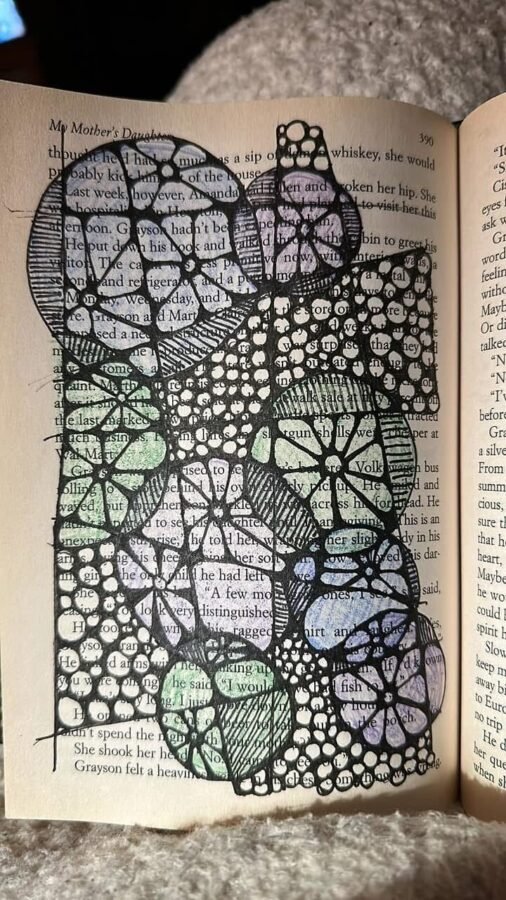
credit: SUBGARDEN
Why Use the Outline-Pattern Style of Sketching?
Beyond the Outline: Filling with Intention
Depth, Detail, and Distinctive Voice
The Outline-Pattern Style of Sketching transforms simple contours into expressive compositions by filling them with intentional texture, repetitive motifs, and personalized rhythm. This approach enhances depth and dimension, allowing flat sketches to suggest volume, shadow, or movement through pattern alone. By introducing intricate details—from spirals and grids to organic scribbles—artists can bring static forms to life, adding visual interest and emotional tone.
More than just decoration, these patterns become a form of artistic expression. They allow you to embed mood, symbolism, or narrative into the negative space, turning every fill into a storytelling device. Over time, combining different techniques—linework, dots, textures, abstract motifs—helps you develop a signature style that’s recognizable and uniquely yours. Whether you’re working in ink, pencil, or mixed media, outline-pattern sketching invites you to think beyond the edge and design from the inside out.
Let’s explore the best methods and patterns you can try next.
Methods for Filling in Sketch Object Outlines
1. Cross-Hatching Technique
Cross-hatching involves layering sets of parallel lines at different angles to create texture and shading. This method is excellent for adding shadows and depth while maintaining a structured look.
How to Use Cross-Hatching in Sketching
- Start with light, parallel lines.
- Add another layer at an intersecting angle.
- Increase the density in darker areas to create shadows.
Sketchbooks.org | VISUAL RESEARCH HUB
Cross-Hatching in Sketching
Visual research is critical for any creative endeavor. We have compiled specialized links to lead you directly to images, videos, and inspiration for "Cross-Hatching in Sketching" across the web's best visual search platforms.
2. Stippling for Textured Effects
Stippling is a technique where artists use dots of varying densities to create texture and depth. This method is ideal for organic patterns like fur, fabric, or stone textures.
Steps to Achieve a Stippling Effect
- Use a fine pen or pencil for small dots.
- Concentrate dots in areas requiring more depth.
- Keep spacing even for smooth transitions.
Sketchbooks.org | VISUAL RESEARCH HUB
Stippling in Sketching
Visual research is critical for any creative endeavor. We have compiled specialized links to lead you directly to images, videos, and inspiration for "Stippling in Sketching" across the web's best visual search platforms.

3. Line Repetition and Parallel Lines
Repeating lines in different patterns can add an artistic structure to your sketch. Parallel lines can be horizontal, vertical, or diagonal to create specific effects.
Best Uses for Line Repetition
- Simulating wood grain patterns.
- Adding motion effects (e.g., wind or speed lines).
- Enhancing geometric shapes in sketches.
Sketchbooks.org | VISUAL RESEARCH HUB
Line Repetition and Parallel Lines in Sketching
Visual research is critical for any creative endeavor. We have compiled specialized links to lead you directly to images, videos, and inspiration for "Line Repetition and Parallel Lines in Sketching" across the web's best visual search platforms.
4. Geometric Patterns for a Modern Touch
Using geometric shapes such as triangles, hexagons, or diamond grids can create a futuristic or structured appearance in sketches.
Implementing Geometric Patterns in Sketching
- Outline the object and divide it into sections.
- Fill each section with different geometric patterns.
- Experiment with variations like 3D cubes or abstract designs.
Sketchbooks.org | VISUAL RESEARCH HUB
Geometric Patterns in Sketching
Visual research is critical for any creative endeavor. We have compiled specialized links to lead you directly to images, videos, and inspiration for "Geometric Patterns in Sketching" across the web's best visual search platforms.
Popular Patterns for Outline-Filling in Sketches
1. Organic Patterns (Leaves, Waves, and Clouds)
These patterns create a natural feel and are often used in nature-inspired sketches.
How to Draw Organic Patterns
- Use flowing, curved lines.
- Repeat natural elements like leaves or waves.
- Combine different organic shapes for variety.
Sketchbooks.org | VISUAL RESEARCH HUB
Organic Patterns in Sketching
Visual research is critical for any creative endeavor. We have compiled specialized links to lead you directly to images, videos, and inspiration for "Organic Patterns in Sketching" across the web's best visual search platforms.
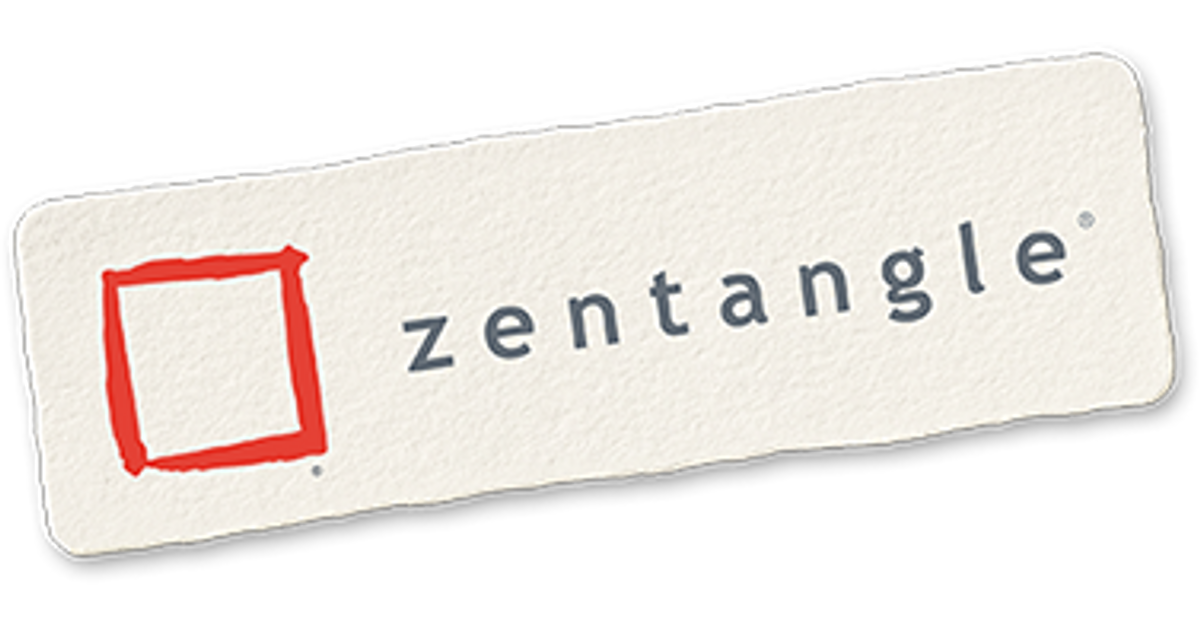
2. Zentangle-Inspired Patterns
Zentangle patterns consist of intricate, repetitive designs that add a meditative and aesthetic quality to sketches.
Applying Zentangle to Sketching
- Fill sections with swirls, loops, and dots.
- Use high contrast (black ink on white paper) for impact.
- Experiment with symmetrical or asymmetric designs.
Sketchbooks.org | VISUAL RESEARCH HUB
Zentangle Patterns in Sketching
Visual research is critical for any creative endeavor. We have compiled specialized links to lead you directly to images, videos, and inspiration for "Zentangle Patterns in Sketching" across the web's best visual search platforms.
3. Checkerboard and Grid Styles
A checkerboard or grid pattern is excellent for creating structured, bold contrasts.
How to Use Checkerboard Patterns Effectively
- Sketch light guidelines before filling the grid.
- Alternate light and dark squares.
- Add shading or distortions for a 3D effect.
Sketchbooks.org | VISUAL RESEARCH HUB
Checkerboard and Grid Style Patterns in Sketching
Visual research is critical for any creative endeavor. We have compiled specialized links to lead you directly to images, videos, and inspiration for "Checkerboard and Grid Style Patterns in Sketching" across the web's best visual search platforms.
Combining Multiple Patterns for Unique Results
Blending Methods to Build Complexity
Contrast, Texture, and Visual Harmony
One of the most powerful ways to elevate the Outline-Pattern Style of Sketching is by combining multiple fill techniques within a single object or composition. These layered approaches introduce contrast, texture, and visual rhythm, allowing your sketches to feel more dimensional and emotionally resonant.
Try pairing cross-hatching with stippling to create areas of depth and tactile variation. The linear density of hatching contrasts beautifully with the scattered softness of dots, offering a textured feel that mimics shadow and surface. Blend geometric patterns—like grids, triangles, or tessellations—with organic shapes such as swirls, waves, or leaf forms. This juxtaposition balances structure with fluidity, giving your sketch a dynamic tension that feels both intentional and alive.
For a more intricate aesthetic, combine zentangle motifs with parallel lines. The meditative repetition of zentangle fills can anchor the composition, while parallel strokes add directionality and flow. These combinations don’t just decorate—they define character, suggest movement, and invite the viewer to linger. Experiment with transitions, overlays, and contrast zones to discover your own unique pattern language.
Tools and Materials for Pattern-Filling Sketching
Best Pens and Pencils for Outline-Pattern Sketching
- Fine-liner Pens (0.3mm – 0.8mm) – Ideal for intricate details.
- Graphite Pencils (HB to 4B) – Perfect for shading and soft transitions.
- Micron Pens – Popular for inking fine patterns.
Recommended Sketchbooks for Pattern-Based Sketching
- Moleskine Art Collection Sketchbook – High-quality, smooth paper.
- Strathmore 400 Series Drawing Pad – Great for pencil and ink.
- Canson Mixed Media Sketchbook – Suitable for multiple techniques.

Sketchbooks.org | PARENTS ART GUIDE
How Art Benefits Your Child’s Development Beyond Creativity
Art Builds Emotional Intelligence and Self-Regulation Art is often celebrated for its ability to spark imagination and self-expression—but its impact goes far deeper. Understanding how art benefits your child’s development beyond creativity can help parents...
Final Thoughts | Outline-Pattern Style Sketching
Exploring different methods and patterns to fill your sketch object outlines can significantly improve your artwork. Whether you prefer stippling, hatching, or geometric patterns, incorporating these techniques will make your sketches more engaging and visually compelling.
By experimenting with the Outline-Pattern Style of Sketching, you’ll not only refine your skills but also develop a unique artistic signature. So grab your pens and sketchbooks, and start filling those outlines with creativity!
Ready to Share Your Work?
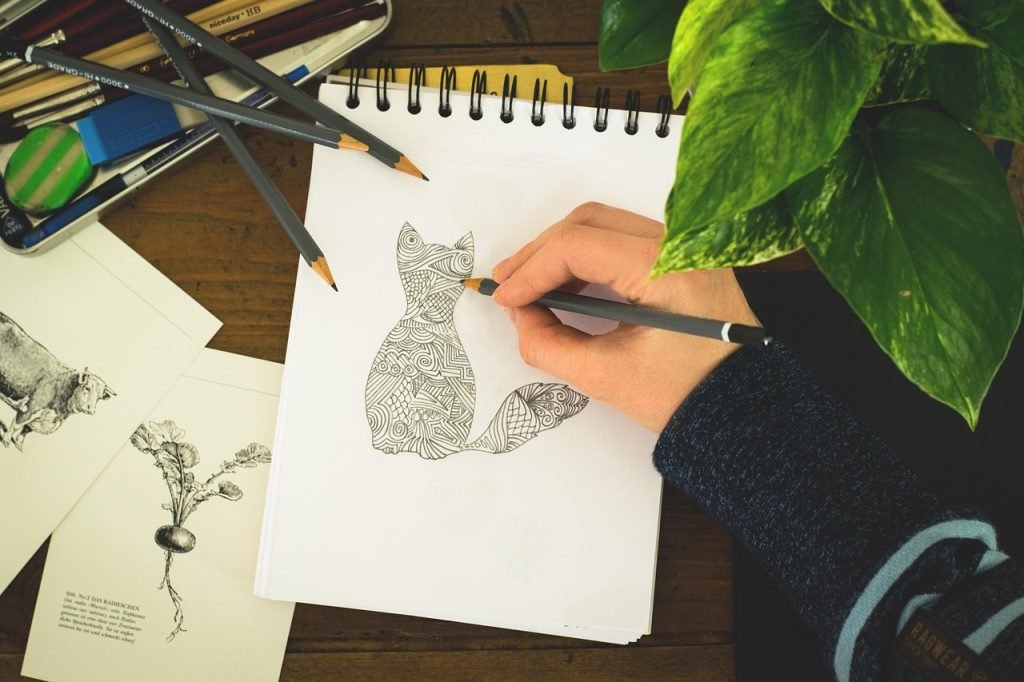



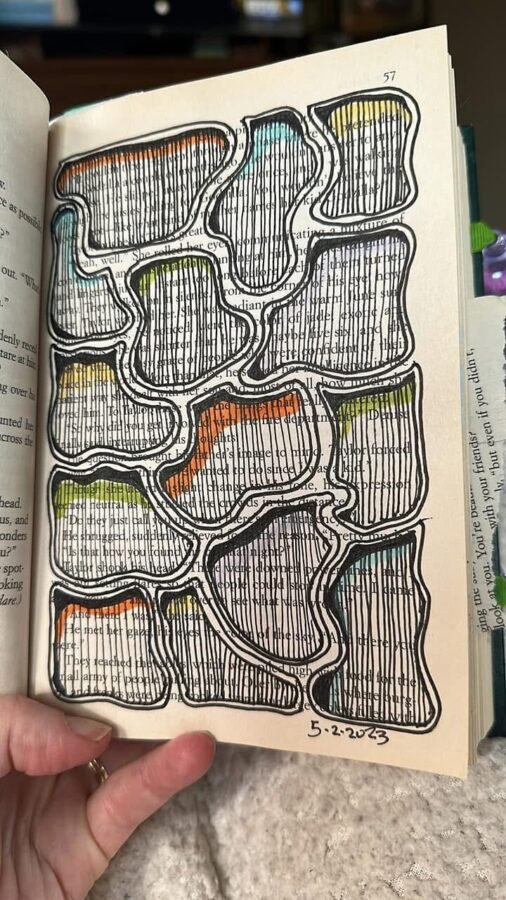
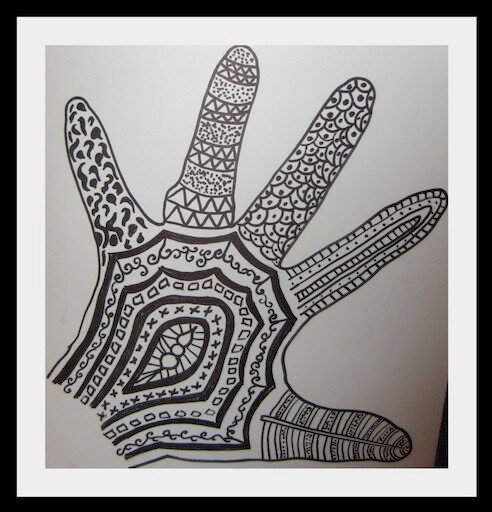
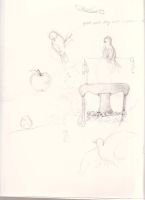

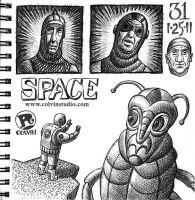

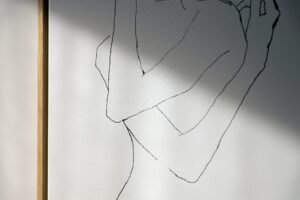
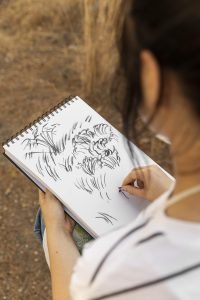
Perfect technique for spacing out and staying sharp.
I do this naturally whenever I get borded